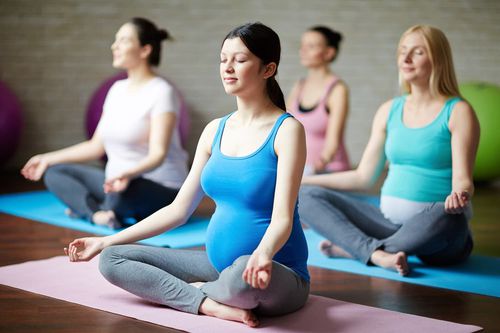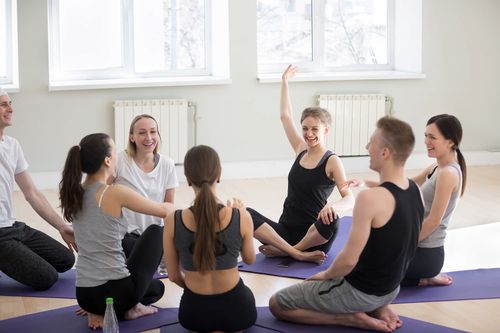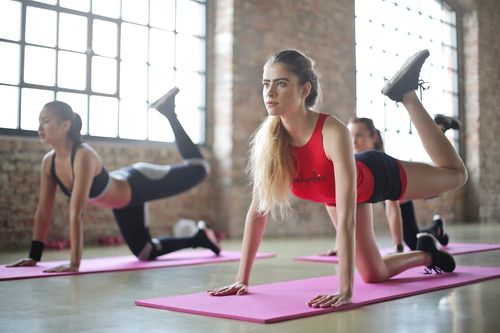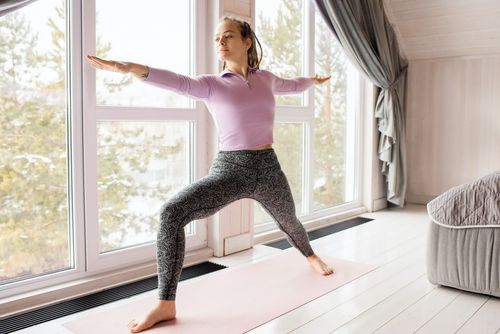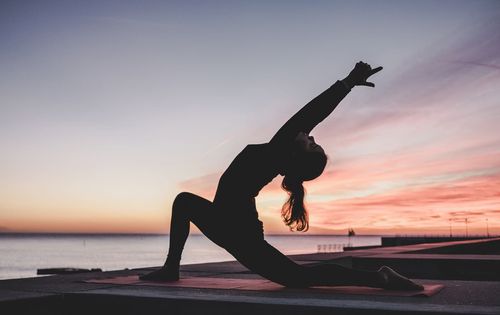What is Raja Yoga?
Raja yoga is a form of yoga that uses the mind as an instrument for looking inwards and uncovering the inner self. The word "Raja" comes from a Sanskrit word which means "chief, best of its kind" or "king". Considered as the king of yogas, it emphasizes the great benefits of meditation for spiritual self-realization and the purposeful evolution of consciousness.
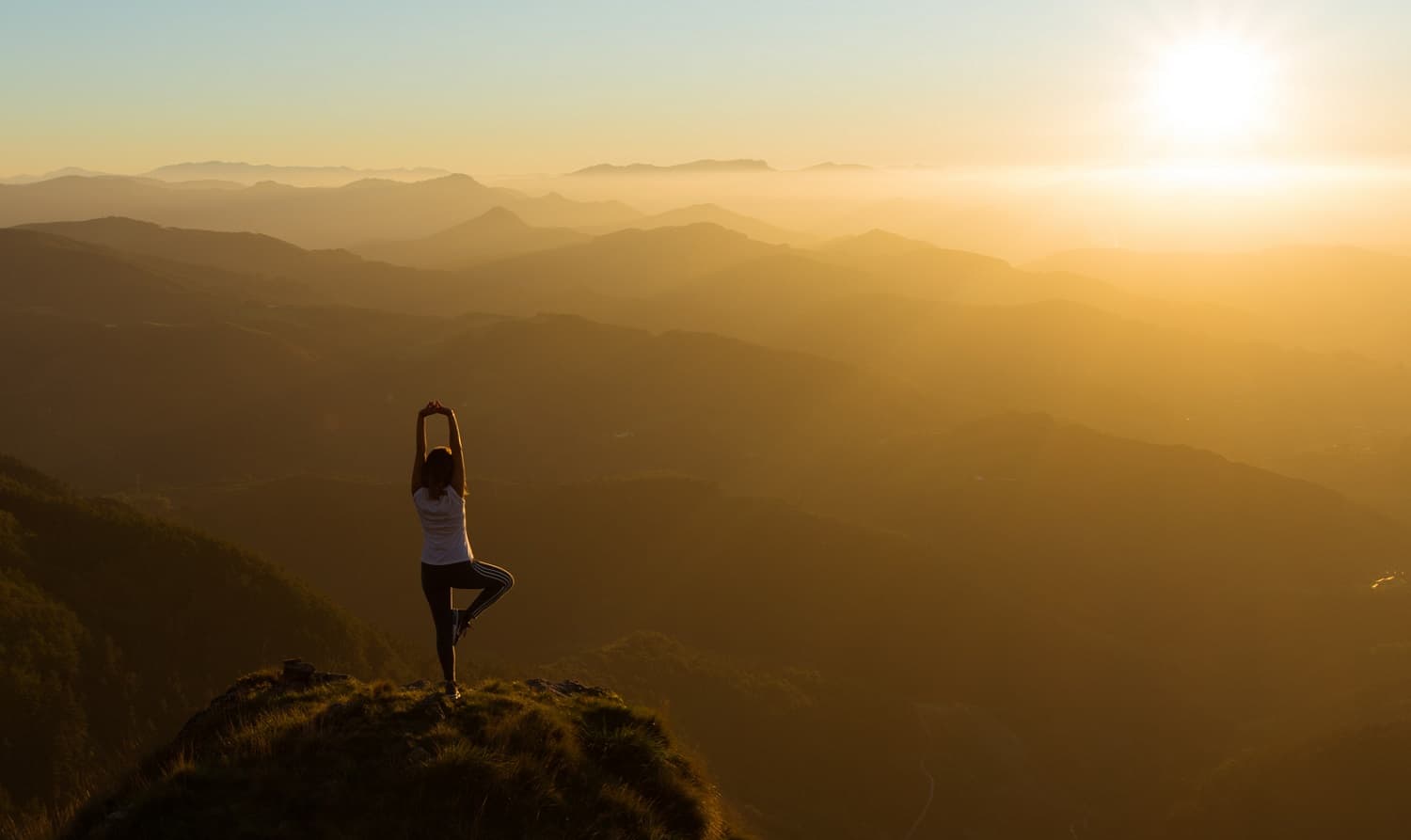
How Does Raja Yoga Work?
In raja yoga, meditation is based on the direction of one's life force into balance so that their attention can easily be focused on the meditation's subject. The life force is directed up and down the spine until it becomes balanced, and the mind and the emotions can now reach a state of supreme contentment. After it has been achieved, the awareness is brought forward into a point in the centre of the lower forehead. This meditation point is called the ajna or the third eye.
Once the energy has become balanced in both the mind and the body, and able to be moved easily into the third eye, the mind reaches a calm state. But, this does not mean that it becomes passive, rather, it is now free from meaningless thoughts, worries and other things occupying the subconscious mind. This calm state creates a wonderful sense of wellbeing for the person.
The eight steps of raja yoga correspond to the eight limbs of yoga practice which are as follows:
- Yama (rules of moral code or attitudes toward our environment)
- Niyama (rules of personal behavior or attitudes toward ourselves)
- Asana (physical postures)
- Pranayama (breathing techniques)
- Pratyahara (sense restraint or withdrawal)
- Dharana (concentration)
- Dhyana (meditation)
- Samadhi (complete integration or merging with the divine)
What are the Benefits of Raja Yoga?
Referred to as the mental yoga, raja yoga has several benefits. In addition to promoting relaxation, peace of mind and positive attitude, it improves coping skills, fosters healthier relationships and develops a sense of self-worth. Clinical studies conducted on raja yoga have also shown that this form of yoga has the capability to significantly improve physical, mental and emotional health. Its prophylactic and therapeutic powers are widely used to address a wide range of ailments and diseases that affect the mind, body, emotions and spirit such as the following:
- Alzheimer's disease and other neurodegenerative diseases
- Respiratory issues
- Stress and anxiety
- Insomnia
- Depression
- Schizophrenia
- Influenza
- Infection and growth of malignant tumours
- Psoriasis
- Geriatric conditions
- Cardiovascular diseases
- High blood pressure
- Psychosocial stress
- Obsessive-compulsive disorder
- Chronic pain
What Can You Expect From Raja Yoga?
Raja yoga can easily fit into one's daily routine. Regular practice helps release meaningless thoughts and worries from the mind.
A raja yoga class starts usually with seated meditation, pranayama and chanting. The instructor may offer some dharma talk on the yamas, niyamas or another aspect of yoga philosophy to deepen the experience.
The physical practice starts with a warm-up and then goes into more focused sequencing. Time is spent breaking down and workshopping the foundational seated and standing postures of the practice. The class ends with a restful cooling floor sequence, ending with a savasana or a resting pose wherein you lie flat on your back. You may opt to do a seated meditation and reflection afterwards.
If you're a beginner, you can practise raja yoga two or three times a week, spending 10 to 20 minutes per session. Once you're comfortable, you can accelerate your practice sessions to 30 minutes. Experienced yogis would normally practise for an hour and a half per session. Be sure to wear comfortable clothes in lightweight fabric and keep yourself hydrated by coming to class with a bottle of water.
Is Raja Yoga Safe?
Raja yoga is a safe form of yoga that does not involve any difficult postures. Neither does it pose any negative interactions with prescription medications. Anyone, regardless of age, can perform it under the supervision of a qualified yoga teacher.
